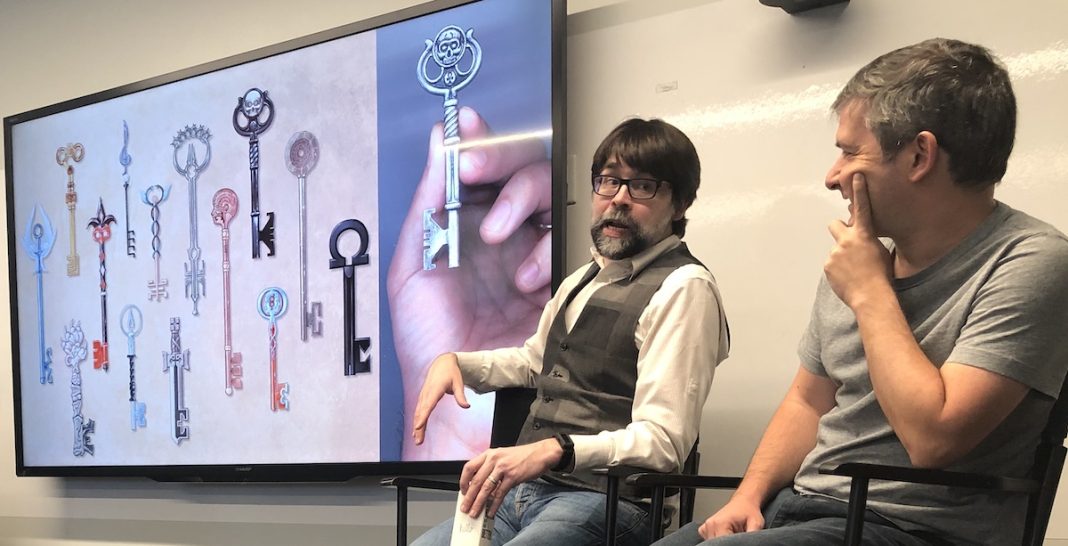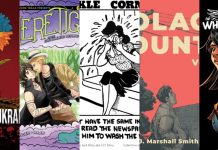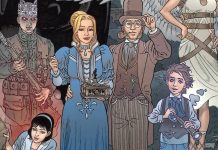In February 2020, Comics Beat was invited to attend an in-person event in Hollywood, California, featuring the likes of Locke & Key creators Joe Hill and Gabriel Rodriguez and series executive producers Carlton Cuse and Meredith Averill.
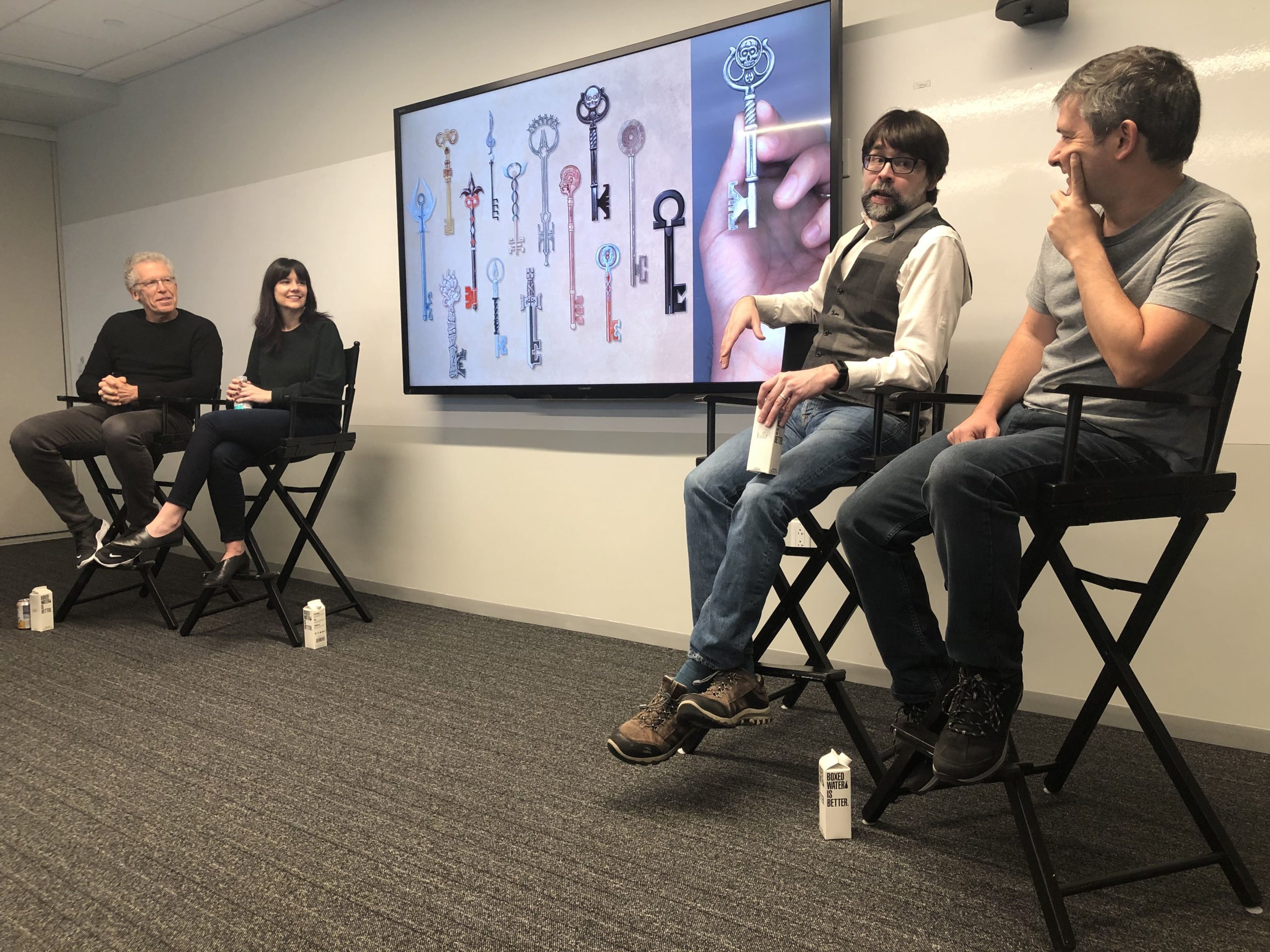
Now, one ongoing pandemic later, The Beat was invited to attend the 2021 equivalent: a series of crowded Zoom calls! We caught up with the aforementioned creators, plus actors Griffin Gluck (Gabe), Hallea Jones (Eden), Connor Jessup (Tyler Locke), and Darby Stanchfield (Nina Locke). We asked all about Eden’s sartorial updates for the sophomore season, about what it was like to work in new sets while filming the second and third seasons back to back, and to learn more about that Splattering trailer.
mood yesterday vs mood today, hearing that S2 of @lockekeynetflix is now streaming
a lot of my fave people worked hard thru cold and covid to make this season as exciting as possible. so grateful to them, and to you. wherever you are in the world, welcome back to keyhouse. ❤️ pic.twitter.com/5BLLzRVMdT
— Connor Jessup (@connorjessup) October 22, 2021
AVERY KAPLAN: What was it like returning to Keyhouse? Was it different in the era of COVID?
JESSUP: Yes and no, which is the weird thing about it! So much was different behind the scenes… With our crew, we worked with people for a year, and sometimes we didn’t see the lower half of their face until ten months in. So there was all these new restrictions and rules, and everyone was wearing PPE and getting tested, and we were working shorter days. So a lot of the structural things change.
But also, we were still making a TV show. We were still on the same sets, we were still with a lot of the same people, shooting the scenes – especially as actors, you forget! So in some ways it was very similar to the way it was before, and in other ways it had totally changed, so it was kind of uncanny.
STANCHFIELD: It was really, really nice, first of all, in the middle of a pandemic, to be going back to a show that we knew, that we weren’t discovering something new. There was something really grounding and comforting to be like, “Okay, we know this world, and we know our colleagues, each other, so we’re familiar in that way.”
The thing that for me personally happened that was really different, that was different from any other acting experiences I had… During the pandemic, we spent a lot of time in lockdown, and sort of being isolated and there was a number of quarantines that had to happen if there was any traveling happening over holidays…
So to tell this story creatively, I really felt a need to connect to people, and that really deepened my desire to act and story tell. What an amazing, creative outlet to have during a challenging time in our world… So I was really grateful for that, to be able to be working.
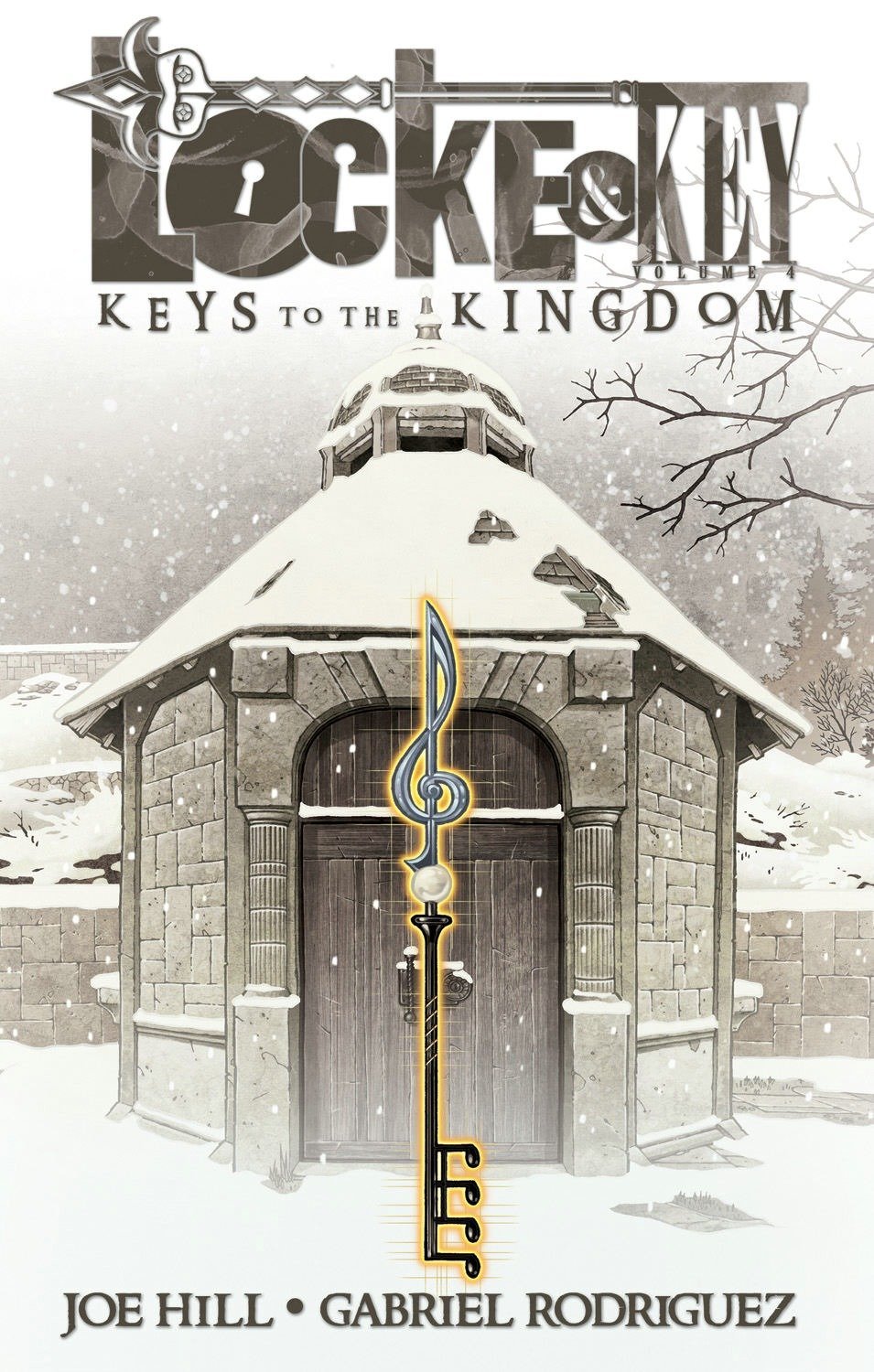
KAPLAN: Was it really snowing during filming? Did that affect production?
JESSUP: It was a mix! I’ve never really had an experience like this, because we shot seasons two and three back-to-back, and we shot literally for a year in Toronto. So we experienced the full brunt of all four seasons.
From about episode five to the end of season two is winter in Toronto. So it was snowing. Some stuff, actually, we had to do fake snow because there had been real snow and it melted and we had to match the real snow that existed. But when you see us at Winter Fest in the middle of the season looking unbearably cold… we were unbearably cold.
STANCHFIELD: It’s really great, because when we started shooting the sequence for Winter Fest – I think it took about a month to shoot – right the night before we shot it, a giant snowstorm came through Toronto and dumped a couple of feet of snow all over the entire set…
And then it stayed really cold in Toronto. It made for really freezing, long, long nights – a lot of it was night shoots – but it was real, real snow. And then when they had reshoots, I think they had build some of the snow back, but it was really great timing in terms of getting a snowstorm for our show.
JESSUP: Great production value.
https://twitter.com/lockekeynetflix/status/1451443201013780483?s=27
KAPLAN: Is a TV series the ideal venue to explore a story about place?
CUSE: Well, it’s one venue. Novels do a pretty good job with that. But, the long-form nature of a television series is a good place to explore place, and I think place becomes richer over time — when place is given the context of time. And I think that’s one of the things we had the opportunity to do with Locke & Key this season, and into season three, is explore the history of Keyhouse over time.
I think the audience really wants to know: where did these keys come from, how did they get here, who else has used them, what else has happened with them? Meredith and I really tried to answer those questions in season two, and on into season three.
KAPLAN: What draws you to genre shows that emphasize character POV. What draws you to this type of story?
CUSE: I think character is the center of all really good storytelling. I think when you’re doing genre storytelling, often the plot gets the most attention… but it’s really worth nothing if the characters aren’t compelling and interesting and engaging, and the audience wants to come back and watch them week after week.
So most of our time in the writer’s room is spent on trying to figure out how to makes these characters feel very genuine in moments that are very often larger than life.
AVERILL: I would just echo everything Carlton said… If you don’t have strong characters, you can throw all the gags at the screen, but they don’t land because you don’t care.
KAPLAN: What was it like playing “mask-off” Gabe?
GLUCK: I assume you’re referring to Demon Gabe, correct? It was a release, man! It was a lot of fun. I got to play around a lot with that character and do a lot of things that I wouldn’t normally get to do as an actor. You don’t often get to scream at the top of your lungs at people, or exert a lot of physical force, or do as many stunts as we did.
Playing mask-off Gabe and taking full advantage of his power was exciting. I went into work every week, there’d be something new to do and some new challenge awaiting us. I think this might be a spoiler, but there is a moment when Gabe actually gets in a fight with himself, and that is something that I’d never seen or done before…
There’s a lot that was – I’m trying to think of a word other than “fun,” but I’m just gonna revert back to it. It was a lot of fun. It was a challenge, but… the best kind of challenge. It’s a lot of stuff that I had to step out of my comfort zone, and that’s a huge opportunity for growth for me, so I appreciated the opportunity to grow as an actor.
KAPLAN: Eden has a sartorial update in this season. What was it like working with a new wardrobe?
JONES: I worked really closely with Megan Oppenheimer, who is the costume designer for Locke & Key, and we just had this great rapport. I would come in and she would be like, “Here’s a rack of clothes! Tell me what you like, what you don’t like.”
And there would be things where I would be like, “No, this is more Kinsey, this is something else, this isn’t it.” I really had a great time maturing her wardrobe, bringing color into it but also bringing black into it, which is something you don’t see Eden in a lot in the first season.
But there were also a lot of pieces in season two, someone with a keen eye might see, that I was like, “I want to wear this color to reference back to first season because of this thing happening.” I was very meticulous on being like, “I feel like she would wear this because of this, and this creates the bigger story.” And that was maybe something people won’t catch, but I really enjoyed building this character around her closet. I feel like she’s that kind of character, so!
The sea demands vengeance. But what is the key to survival?
Watch the trailer for The Splattering, directed by Scot Cavendish and starring Kinsey Locke pic.twitter.com/izpoefrTae
— Netflix (@netflix) October 13, 2021
KAPLAN: What was the lobster costume like? Was that you in there?
GLUCK: It 100% was, I think pretty much every time you see the lobster costume, that’s me in there.
They actually built that costume to fit my body exactly in season one. We took body measurements, body scans, et cetera, et cetera, and they built that prosthetic suit piece by piece to form to my body.
The very first thing I shot in season two was something I shot for The Splattering, or The Splattering 2 sequel, which is displayed and featured for a brief moment in season two at the beginning. And I got a call from one of the producers and they were like, “Hey, we’re not gonna see your face; you don’t actually have to do any acting, we could find a body double for you, someone that’s around the same size, to get in the lobster suit, you know, do that for you.” And I was like, “Are you joking? No one is allowed in that suit but me!” I’m very protective of that thing!
So I hopped in it, and I was the lobster, and any time you see it in the series – except for, there might be one or two times… but that’s not in season two. Spoiler alert! Necropedia does make a return!
But it’s a lot of fun to be in that lobster suit… It’s actually not that fun, that thing is not comfortable to be in, but how often do you get to dress up like a lobster and put on an $80,000 prosthetic suit? Not too often, so I took that opportunity any chance I could.
JONES: You should be it for Halloween.
GLUCK: I don’t know how I would make that suit. I have eighty grand to drop on a lobster costume, I don’t know about you!
JONES: Well, it’s probably sitting collecting dust somewhere. Maybe you could wear it for Halloween!
KAPLAN: No spoilers, but you get to return to the Music Box this season. What was that like?
JONES: Oh, redemption at its finest! Revenge!
I loved that, because, I mean… personally, I come from a very musical family, so the full circle thing of, season one being controlled by it, and getting to come across it again in season two is just so delicious. It was such a delicious moment for me to able to have that moment, and I had a lot of fun with it.
I have pictures of me being like, “Ahh! This is my life now, the tables have turned!”
GLUCK: Oh, how the turn tables.
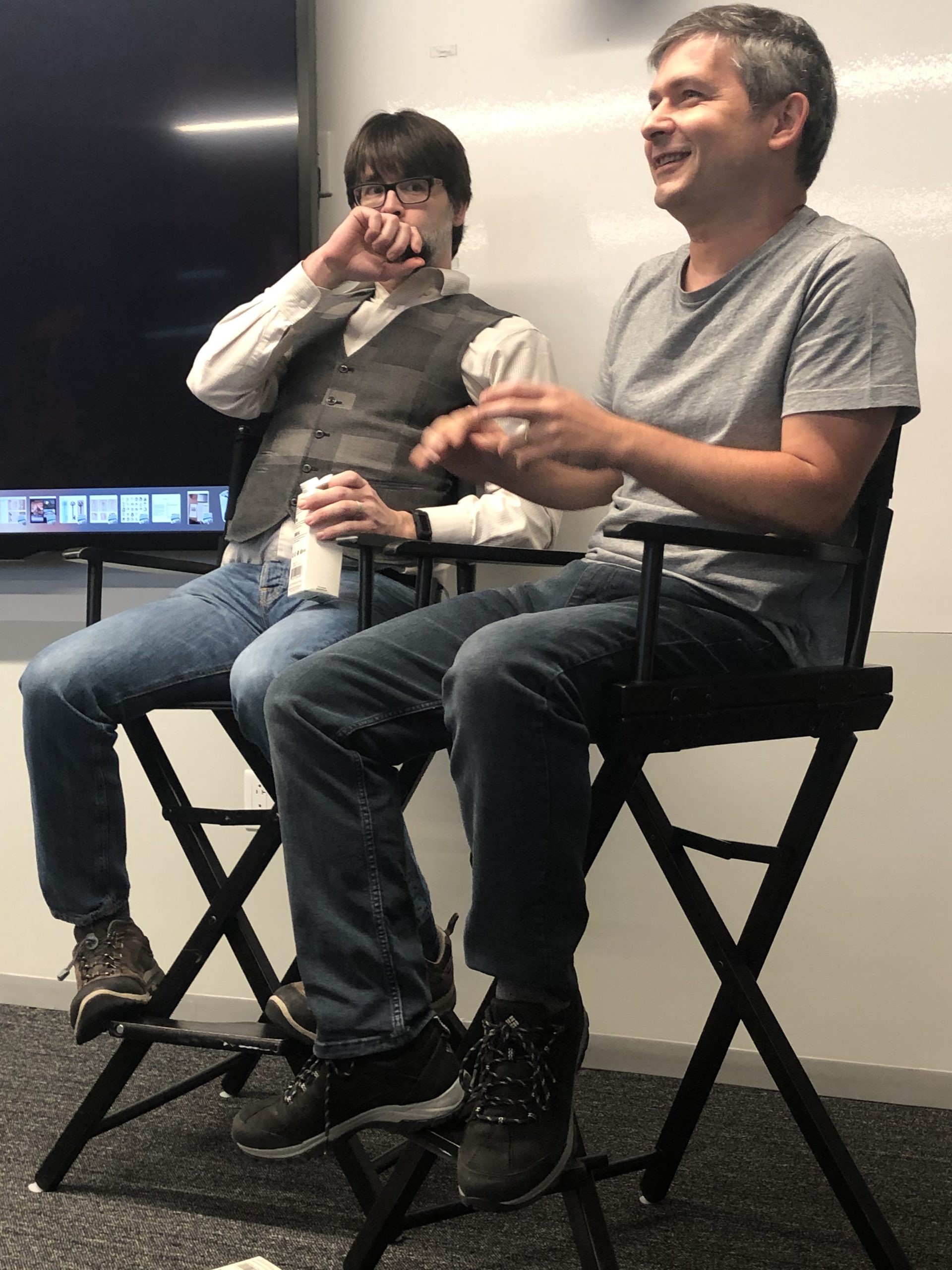
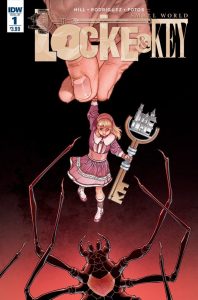
KAPLAN: What was it like seeing the Small World key brought to life, especially in a little town called Matheson?
RODRIGUEZ: It’s a very interesting place, and I’ve got to say, the Small World key allows us to have one of the funniest visual approach for storytelling itself. Having that in the TV show is really a thrill! We know what the creators of the show have tried to do with this piece of the story, and it’s going to be awesome!
So it was certainly a delight when we got that teaser online in which Netflix revealed that the Small World key was going to be one of the new ones in this season.
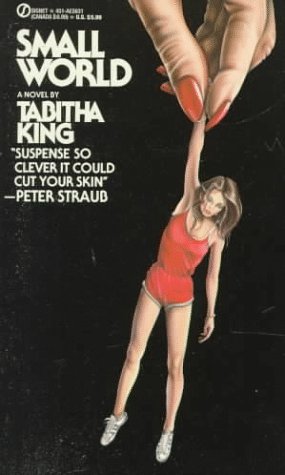
HILL: You know, Richard Matheson is one of the great sort of godfathers of this genre. Of course, Incredible Shrinking Man, the effects – the guy fighting the spider, he’s got a needle and thimble, doesn’t he?
Of course, even going all the way back to the comic, the Small World comic was in part my way of paying honor to Matheson’s work and having fun, riffing on his imagination.
The other thing is, you know – Stephen King is my dad, and he gets a lot of attention, but my mother is also a remarkable writer. Tabitha King is a terrific writer, and her first novel was Small World, about a woman who is shrunk down and lives in a dollhouse, and the comic and the TV show are both also honoring that as well. I’ve learned just as much as a storyteller from my mom as from my dad.
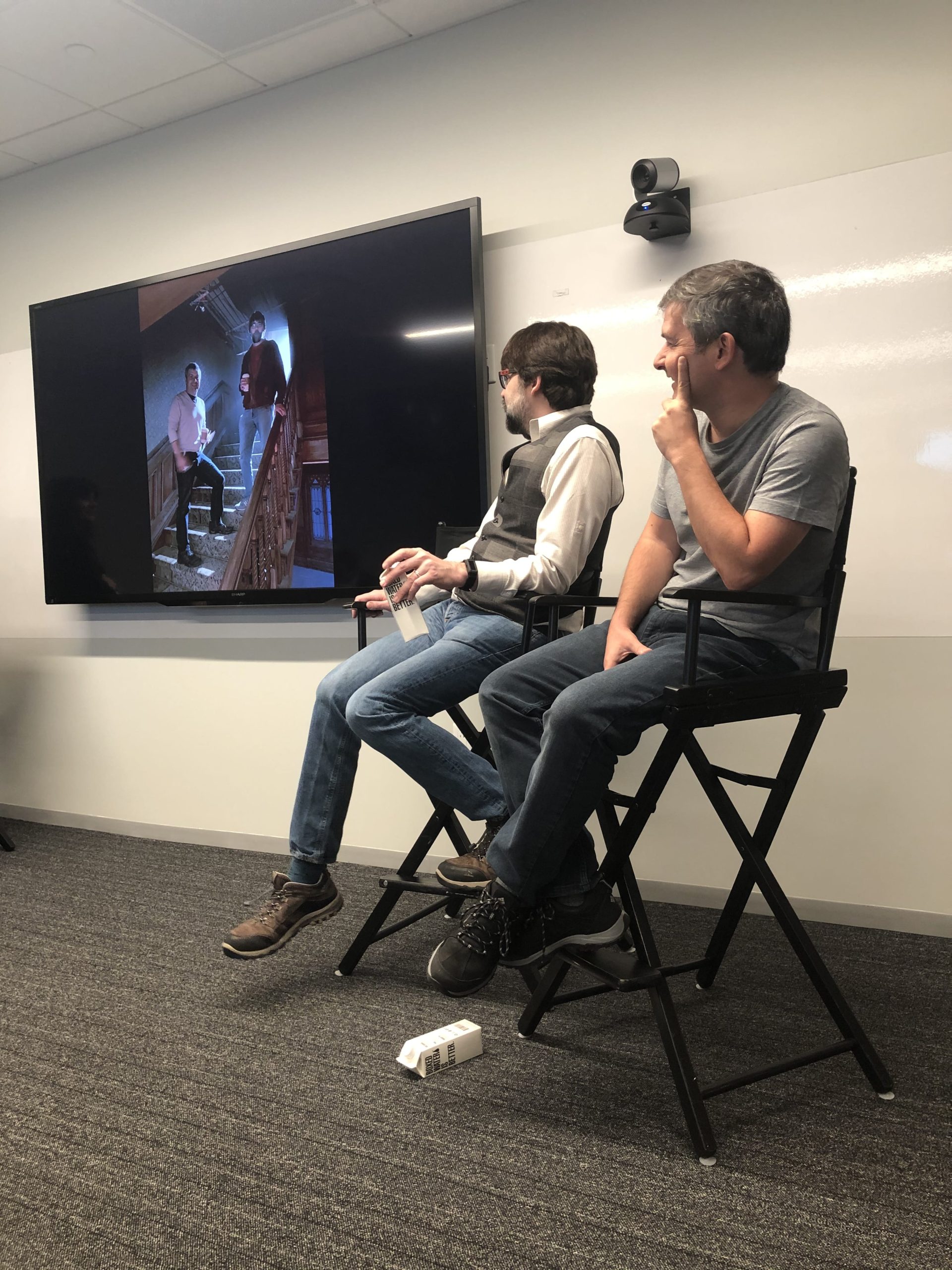
KAPLAN: You designed Keyhouse, and now you have visited it. What was that like?
HILL: Gabe, this is all you!
RODRIGUEZ: Well, being an actual architect, I approached the design of Keyhouse for the comic as an architectural project. When we started the story, I very soon realized that Keyhouse was going to be one of the main characters, and I wanted it as fleshed out as possible to be part of the story… and also to have blueprints to figure out how to design the action sequences inside the house or outside the house when we got to that point in the story.
So starting out and throughout the development of Welcome to Lovecraft and Head Games that we did the entire design of the main house. The only limit in comics is the imagination, so you make some stupid decisions like making the house as symmetrical as possible, as big as possible, as filled with architectural designs as possible… And then you realize you have to draw it over and over, and then you realize that you’ve made a big mistake and it’s too late!
But it was great because, having it built like an actual world for the characters to inhabit fed the story in a way that was very useful and more vivid for the reader.
So then when you have the chance to see another crew of talented people capture as much of the ideas of the comic book as they could to make an actual, functional, real-life house, was nothing short of surreal. To walk the actual space when we had the chance to visit for the shooting of the first season, and to see the staircases and hallways and bedrooms…
And also realizing how these people have to understand the spaces in order to know how they’re going to shoot certain scenes, how they’re going to need to take out the walls and windows in order to fit cameras, was both a very interesting perspective from seeing it in the flesh, and also figuring out they use it for narrative and storytelling, so that was amazing as well.
It was a really incredible learning experience, and a really fulfilling experience as a creator, to see something you designed from scratch become such a big element of an entire universe of narrative and stories.
The second season of Locke & Key is now available for streaming on Netflix.


